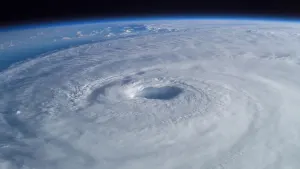After a quiet start to the season, winter looks to make a comeback
A mostly dry and seasonable stretch to kick off 2021 is expected to yield to colder, snowier weather in the coming weeks, as our friend the polar vortex gets set to pay us a visit. How well do you really know it?
Jan 21, 2021, 6:43 PM
•
Updated 1,422 days ago
Share:
More Stories
1:35

Man arrested in 2006 cold case hit-and-run in the Bronx
thismute2:02

Beloved Bed-Stuy plant farm owner faces uncertainty after break-in
2m ago1:45

NYCHA Hylan Houses residents await results of vote on future of development
8m ago1:22

Medical examiner: Dumbo human remains all stem from 1 person
9m ago1:38

MTA: More accessibility coming to stations in the Bronx
23m ago0:23

Off-duty police officer arrested for DWI, refusing to take breath test
23m ago1:35

Man arrested in 2006 cold case hit-and-run in the Bronx
thismute2:02

Beloved Bed-Stuy plant farm owner faces uncertainty after break-in
2m ago1:45

NYCHA Hylan Houses residents await results of vote on future of development
8m ago1:22

Medical examiner: Dumbo human remains all stem from 1 person
9m ago1:38

MTA: More accessibility coming to stations in the Bronx
23m ago0:23

Off-duty police officer arrested for DWI, refusing to take breath test
23m ago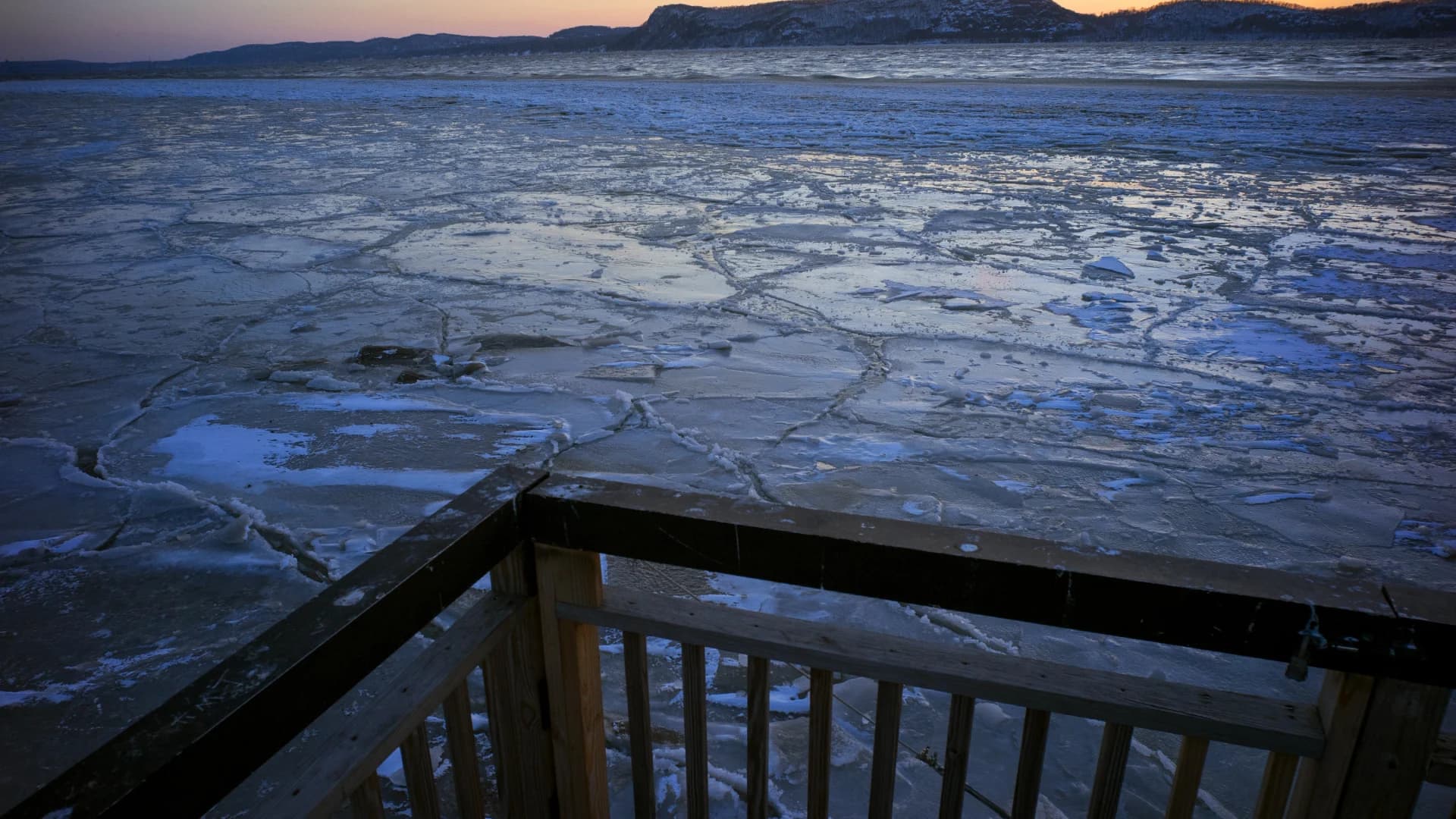
Outside of few minor snow events, 2021 has begun rather monotonous in the weather department. Storms have been hard to come by, with temperatures at or above average so far. But all trends tend to end, for better or for worse, and signs point to winter making a comeback sooner rather than later.
As we look ahead to the end of January and beginning of February, the polar air that we've become accustomed to during the heart of winter - polar vortex, a household name these days - is expected to begin spilling southward from the arctic through a process called 'stratospheric warming.'
Yes, you know about the polar vortex... but do you really know about the polar vortex?
It is nothing more than a large area of swirling cold air, confined to our polar regions. When the polar jet stream is strong, the vortex is stable and remains bottled up near the North Pole. This is where it remained much of last year, hence the staggering lack of snow and cold for many in the United States and Europe.
Often times during the winter, however, the vortex can become unstable for several reasons - resulting in much of that frigid air breaking off and plunging down in the lower 48. These two modes are known as 'Arctic Oscillation.'
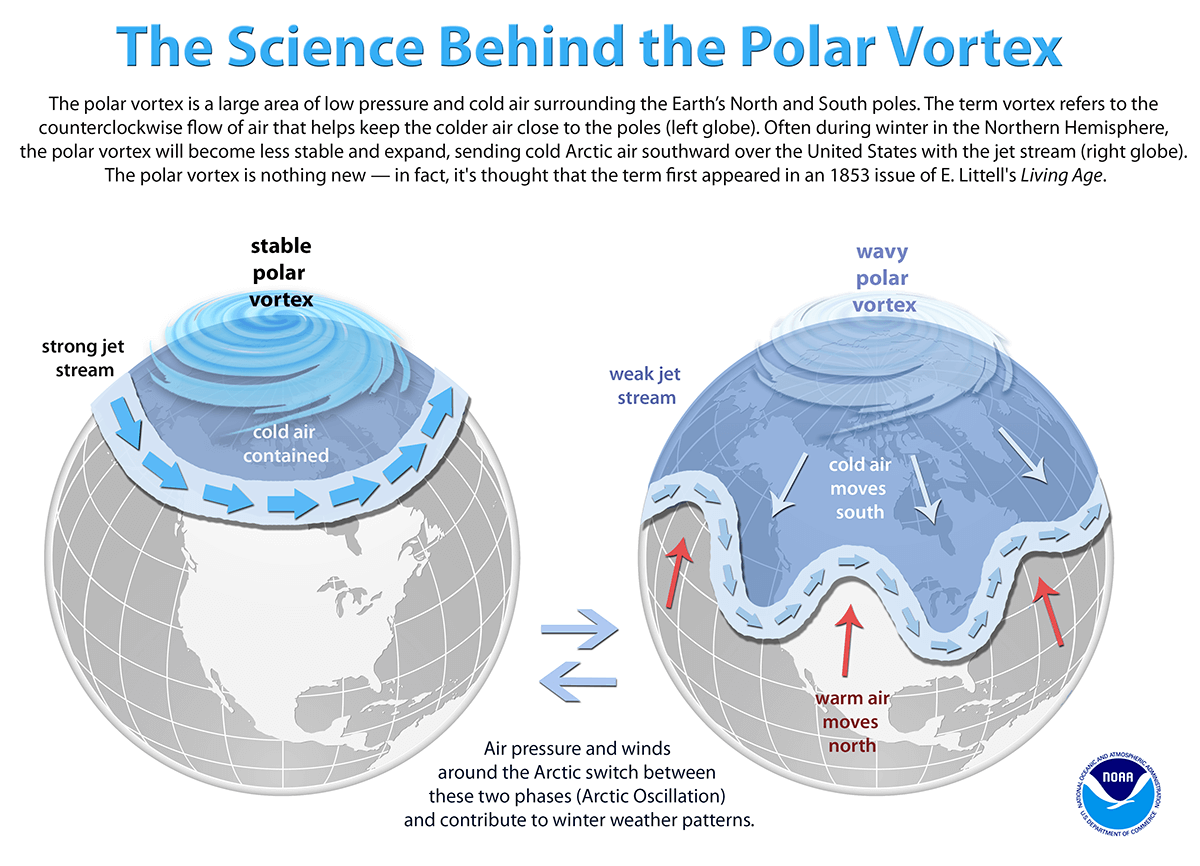 The state of the polar vortex plays a key role in our winter weather. Image courtesy of NOAA.
The state of the polar vortex plays a key role in our winter weather. Image courtesy of NOAA.
In this case, the reason for the weaker vortex is the aforementioned stratospheric warming. This warming event is nothing more than a high-altitude temperature spike occurring near the polar region. That warmer than normal air can act to weaken the jet stream and force some of that bitter air south.
Before I get up the hopes of our cold/snow-loving constituents, it is important to temper expectations. While stratospheric warming is notorious for throwing the polar vortex out of whack, there is no iron-clad guarantee that it will mean bone-chilling temperatures for your neighborhood. It is also important to note that even if events like these send down ample chilly air, snow is not a certainty - you still need an active jet stream to spit storms at you and align with the cold. And for big snows, a North Atlantic "blocking" pattern also needs to set up, to slow down storms that may try to exit the area too quickly.
That being said, the odds will certainly be favorable.
But while kids both young and old may rejoice in the aesthetics of winter, cold and snow may not be what the doctor ordered - quite literally. With the global pandemic ongoing and the demonstrated ability of COVID-19 to spread much more easily indoors, a harsh winter could be quite problematic this year.
More from News 12
1:43
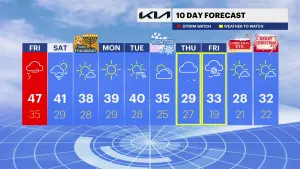
Possibility of 45 mph winds as coastal storm wraps up
1:18
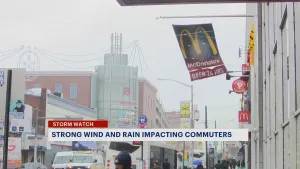
Thunderbolt 12 tackling slick streets & windy conditions for Friday morning
2:05
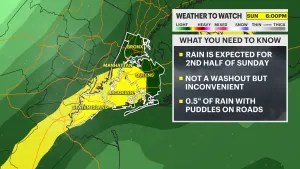
Sunny Saturday in NYC before a rainy Sunday
2:09
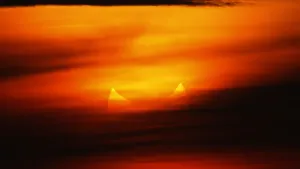
Sunrise solar eclipse is Thursday – everything you need to know!
1:50

Turning waste into watts a boon for environment
